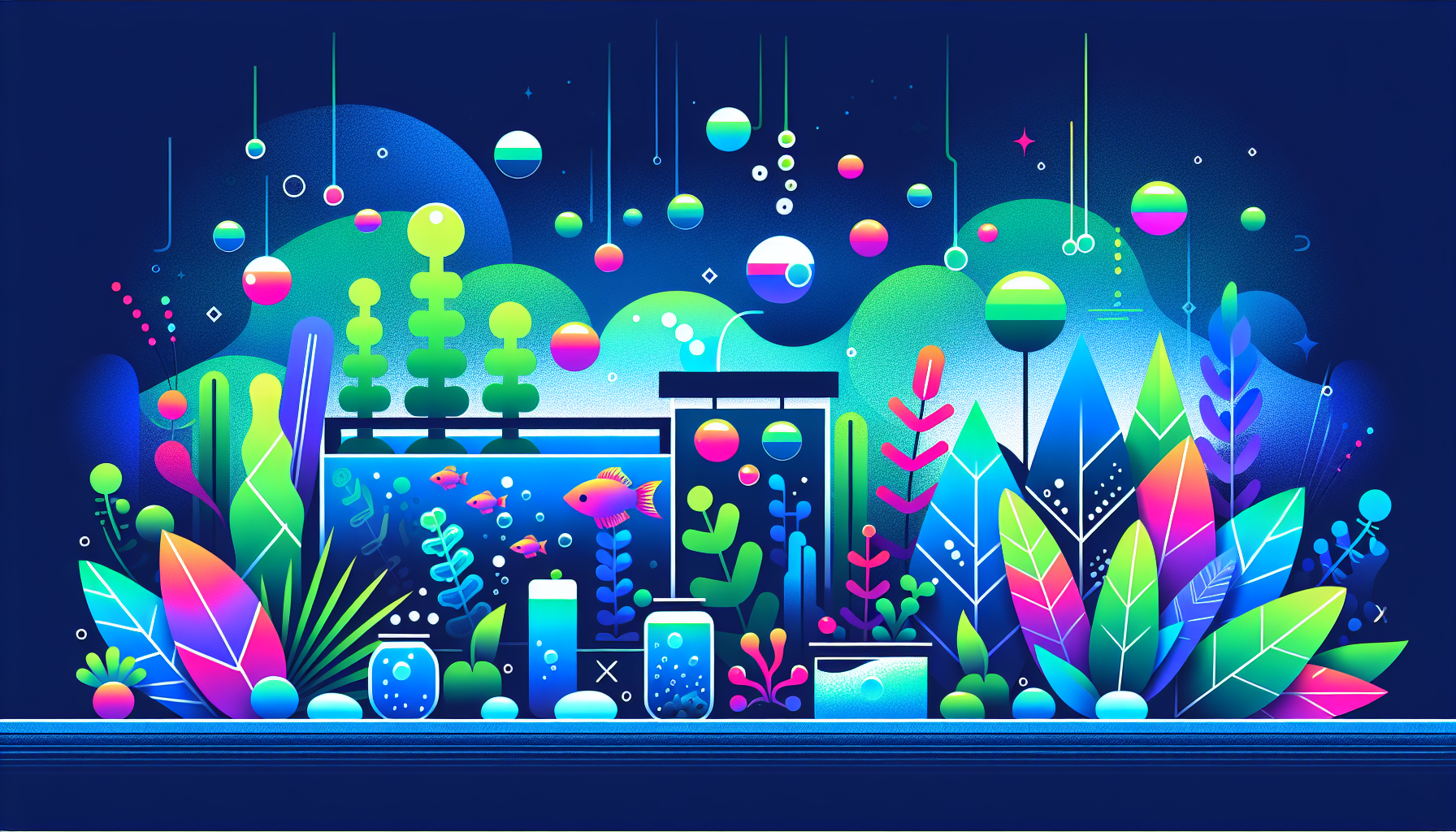The Beginner’s Guide to Aquascaping: How to Start Your First Aquarium Layout
Are you fascinated by gorgeous aquatic landscapes and ready to create your own underwater masterpiece? Aquascaping is an art form that blends creativity with scientific know-how, resulting in lush, living environments for aquatic life. This beginner’s guide will walk you through all the essentials of starting your first aquascape—from planning and setup to plant selection and maintenance. Dive in and discover how to transform your aquarium into a thriving aquatic ecosystem!
What Is Aquascaping?
Aquascaping involves arranging aquatic plants, rocks, wood, and substrates in an aquarium to create visually stunning layouts. Whether you dream of a lush jungle, tranquil Zen garden, or dramatic nature-inspired setup, aquascaping lets you express your creativity while providing a healthy habitat for fish and invertebrates. It’s more than just “decorating”—it’s about balancing aesthetics and biology for a captivating aquatic display.
Planning Your First Aquascape
1. Setting a Vision and Style
Start by deciding on an aquascaping style. Popular options include:
- Natural: Inspired by landscapes, using plants, rocks, and driftwood to mimic scenes from nature.
- Iwagumi: Minimalist, stone-focused layouts emphasizing balance and simplicity.
- Dutch: Lush, garden-like aquariums with a focus on vibrant plants and color contrast.
Sketch your ideas or look for inspiration in aquascaping galleries and competitions.
2. Choosing the Right Aquarium
Beginners often start with a 20- to 30-gallon tank. It’s large enough for diverse plant and fish options, but manageable for first-time setup and maintenance. Consider rimless glass aquariums for maximum viewing clarity and aesthetics.
3. Selecting Substrate and Hardscape
- Substrates: Nutrient-rich aqua soils are best for live plants, providing a stable base and essential minerals.
- Hardscape: Use rocks (like Seiryu or Dragon Stone), driftwood, and roots as the “skeleton” of your layout. Arrange these first to create focal points and depth.
Essential Equipment for Aquascaping Success
- Filtration: Canister or hang-on-back filters keep water clean and clear.
- Lighting: LED aquarium lights promote healthy plant growth—aim for 8-10 hours of light daily.
- CO2 System: CO2 injection helps plants thrive and prevents algae in high-tech setups.
- Heater (if needed): Maintain stable temperatures for tropical aquarium species.
- Essential tools: Aquascaping tweezers, scissors, and spatulas for precise planting and trimming.
For more on equipment, read our article on aquarium equipment essentials.
Choosing the Best Plants for Beginners
Your plant choice will set the tone and difficulty level of your aquascape. Start with hardy, easy-to-maintain species such as:
- Anubias
- Java Fern
- Crytocoryne
- Vallisneria
- Mosses (like Java or Christmas Moss)
These plants adapt well to new setups and thrive even in low-light conditions—perfect if you’re new to aquarium plant care.
Curious about more plant choices? Visit our guide to best aquarium plants for beginners.
Step-by-Step: Setting Up Your Aquascape
- Rinse substrate and hardscape materials to remove dust and debris.
- Arrange hardscape (rocks and wood) in the aquarium, following your design vision. Remember the rule of thirds and aim for a natural, asymmetrical look.
- Add substrate layers—nutrient-rich soil on the bottom, capped with sand or fine gravel for aesthetics.
- Plant aquarium plants using tweezers; start with background species, then midground, and finish with foreground plants and mosses.
- Gently fill the tank with dechlorinated water to avoid disturbing your layout.
- Install equipment (filter, heater, lighting) and adjust as needed.
Check out our full setup tutorial for more details on how to set up an aquarium.
Stocking Your Aquascaped Aquarium
Add fish and invertebrates gradually, once cycling is complete and water parameters are stable. Great beginner species include:
- Neon Tetras
- Otocinclus Catfish
- Cherry Shrimp
- Siamese Algae Eaters
Introduce livestock slowly to prevent ammonia spikes and maintain a balanced ecosystem.
Maintenance Tips for a Healthy Aquascape
- Perform weekly water changes (20-30%) to reduce waste buildup.
- Trim plants regularly to prevent overgrowth and allow light to reach all areas.
- Monitor water parameters for ammonia, nitrite, nitrate, and pH stability.
- Algae issues? Adjust light duration, fertilization, and CO2 levels as needed.
For common troubleshooting advice, see our article on aquascaping problems and solutions.
Final Thoughts: Start Your Aquascaping Journey Today!
Embarking on your first aquascape is exciting and rewarding. By following these steps and embracing patience, you’ll soon cultivate a beautiful underwater world to enjoy for years to come. Don’t forget to explore more aquascaping guides, share your progress in our community, and keep learning—every aquascapist starts as a beginner, but your creativity will bloom with time and practice.
Ready to transform your aquarium? Join the Aquascaping Academy Community to get exclusive tips, tutorials, and connect with fellow hobbyists!



